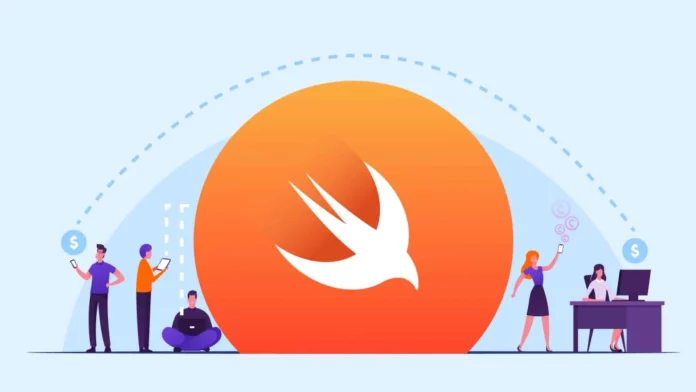Apple’s Swift programming language just took a major step toward true cross-platform development. Swift now has an official path to Android, thanks to the first preview release of the Swift SDK for Android. For the first time, developers can build Android apps using Swift with fully supported tools rather than relying on community-driven workarounds.
This release makes it far easier for iOS and Android teams to share codebases, reuse business logic, and reduce duplication across platforms — a long-requested capability for developers already invested in Swift.
A new chapter for Swift
Announced on Swift.org on October 24, the nightly preview marks a turning point in the language’s evolution. The Swift team says the SDK comes with a detailed Getting Started guide and example projects demonstrating complete Android workflows. The SDK ships with the Swift for Windows installer and is also available separately for macOS and Linux.
What’s inside the preview
Interoperability: At the heart of the SDK is swift-java, a component that generates safe bindings between Swift and Java. Developers can call Android APIs directly from Swift or integrate Swift-based modules into existing Java and Kotlin projects.
- Tooling support: The Getting Started guide walks developers through installing the host toolchain, configuring
the Android NDK, and setting up the full Swift SDK for Android. - Package ecosystem: According to the Swift team, more than 25% of indexed Swift packages already compile for
Android, offering a substantial base of reusable code out of the box.
Changing the cross-platform dynamic
With this SDK, iOS teams can now reuse core Swift modules for business logic, networking, and data handling instead of rewriting them in Kotlin or Java for Android. Built-in tooling support also reduces reliance on custom scripts and brittle build processes — one of the biggest pain points for previous cross-compilation efforts.
Swift’s open-source project has even established a dedicated Android Workgroup, tasked with driving future improvements. The group’s priorities include debugging support, Android CI integration, and standardized best practices for bridging between Swift and Android SDKs.
What to expect and watch for
As a preview release, there are still limitations. Debugging, tooling integration, and certain Android architecture libraries are not yet fully supported, and UI frameworks such as SwiftUI remain unavailable.
Still, for shared logic, performance-critical components, and portable libraries, this SDK offers a credible and promising start. As the Android Workgroup refines the toolchain and more packages gain compatibility, Swift’s cross-platform reach could broaden significantly.
In short, the Swift SDK for Android opens a new chapter for mobile development. For Swift developers, this preview makes Android support not just possible — but practical.



